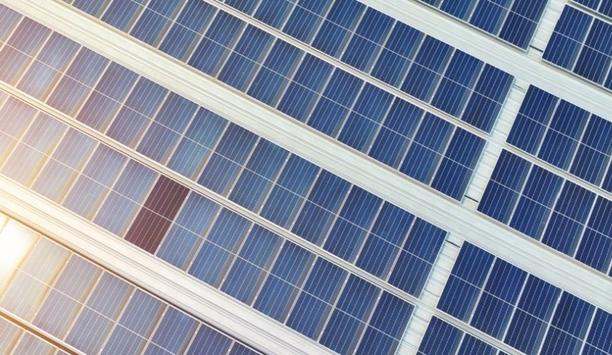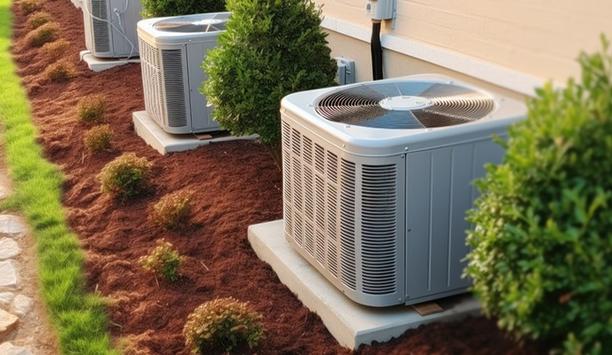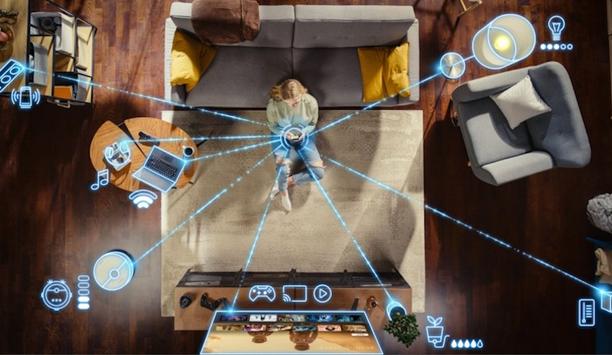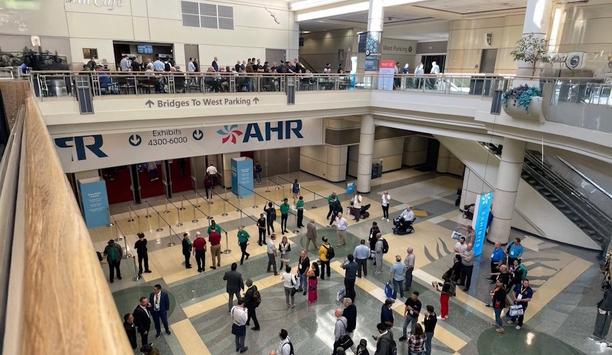The idea of Energy as a Service involves shifting the traditional business model from selling energy as a commodity to providing a comprehensive package of goods and services to address a customer’s energy use and management.
Rather than selling energy, the approach encompasses complete stewardship of a company’s energy needs in exchange for a monthly fee. Because 40% or so of a company’s typical energy needs are related to heating and cooling systems, implementing Energy as a Service (EaaS) is tied directly to a company’s HVAC systems.
heat pumps and HVAC technologies
In the EaaS scenario, an outside company pledges to meet a customer’s energy needs at a discount, say 5%, below what they currently pay. By then strategically seeking to lower the customer’s energy costs by more than 5%, the EaaS company uses the extra margin to pay its own costs and to attain a profit. For example, if a customer’s energy costs can be lowered by 30%, the EaaS company retains 25% every month for the term of the agreement, typically 10 years. Any costs associated with providing the service come out of the 25%.
In the EaaS scenario, an outside company pledges to meet a customer’s energy needs at a discount
Specifically, working to lower energy costs by that much involves an upfront investment in infrastructure, such as heat pumps and HVAC technologies, to lessen energy consumption. The idea is that the profitability of lowering energy costs will offset even a substantial investment over time.
Energy-related infrastructure
Briefly stated, that is the business model of Budderfly, which assumes management of a company’s energy infrastructure and becomes the “account holder” with the utility. Once an EaaS contract is signed, Budderfly then invests to upgrade the customer’s energy-related infrastructure, including LED lighting, refrigeration, etc., in addition to HVAC. The goal is to decrease energy usage by 30% or more.
 |
| Budderfly typically upgrades the variable frequency drive (VFD) |
When upgrading the infrastructure, Budderfly “owns” any new infrastructure assets for the term of the EaaS agreement, say 10 years, and amortizes the cost over the timespan. At the end of the term, the assets are turned back over to the customer unless they renew the contract. In the HVAC arena, Budderfly typically upgrades the variable frequency drive (VFD), economizers, and other equipment in a rooftop unit or other machinery when it takes on a new customer.
Embraces the EaaS scenario
EaaS has a direct incentive to invest in the newest technology to slip the client energy usage
“Looking at the opportunity to save 5% of their energy costs, many customers think it seems too good to be true,” says Al Subbloie, President, CEO and Founder at Budderfly. The price of the EaaS contract is based on a two-year review of the customer’s utility bill, which creates a baseline against which the 5% discount is provided.
On the consumption side, replacing a rooftop unit with a new Lennox, Carrier, or Trane high-efficiency unit can provide 30 to 40% savings in energy usage. When a customer embraces the EaaS scenario, the EaaS company has an immediate incentive to invest in the newest technology to lower the customer’s energy usage. The more they save on energy, the more they earn in profits.
EaaS approach
In contrast, in a business model involving energy purchased as a commodity, there is little urgency to upgrade the equipment. That explains why so much equipment currently installed is so out-of-date and energy inefficient, says Subbloie. “We did not expect the infrastructure to be so bad,” he says. “I am sharing something the world is not aware of. As long as cool and hot air are coming out of the vents, no one is looking at the energy impact.”
In fact, the EaaS approach is a growing factor in decarbonization. “We are a private capital method to save the world,” says Subbloie. “We are aligning capitalism and putting it to use to save the world (from climate change),” he says.
Additional investments by Budderfly
Budderfly can make a profit on an EaaS contract if it can achieve 30% savings on total energy costs
Subbloie says Budderfly can make a profit on an EaaS contract if it can achieve 30% savings on total energy costs. Of the 30%, Budderfly returns 5% typically to the customer and then spends about 15% on capital improvements, amortized over 10 years. Additional investments by Budderfly include 3 to 4% on technology such as thermostats, metering and controls, and data systems. Other costs are to pay Budderfly’s 300 or so employees.
In the refrigeration realm, which might account for 15 or 20% of energy usage, Budderfly deploys controllers (such as KE2 Therm Solutions and NRM) to smartly regulate the compressor operation in refrigeration units. Door alert monitors and upgraded seals avoid any leakage of cool air. Deploying R-290 (propane) refrigerant systems boosts energy efficiency.
EaaS strategy
When Budderfly deploys solar systems, the cost becomes just another line on the customer’s bill – there is no purchase agreement or lease involved. Budderfly is transparent with the customer in terms of the money they invest in infrastructure and other costs. In addition to providing the customer with the initial 5% discount, Budderfly also typically shares with the customer half of the proceeds of any energy savings they can achieve above 30%.
The EaaS strategy is applicable to a variety of markets, but Budderfly is finding initial success in the quick-service restaurant (QSR) market, where repeatable footprints of individual locations make EaaS calculations predictable and scalable. Probably 80% of their business is in casual dining and QSR installations, including 75 or so well-known restaurant brands; they work with large franchisees who operate multiple brands.
top-down relationships
Budderfly also has firms in healthcare needs, nursing facilities, office buildings, amenity stores
Budderfly is also working to establish “top-down” relationships at the restaurants’ corporate level, which has the ability to impose EaaS as a standard throughout its footprint. “As the climate focus becomes more important, a restaurant brand might say to do it everywhere,” says Subbloie.
Hotels and motels are another vertical markets amenable to this approach, and Budderfly also has business in healthcare markets, nursing facilities, office buildings, convenience stores, and other retail. They seek to limit each building’s size to 200,000 square feet or less.
Regulated and deregulated rates
Budderfly has a team that handles the onboarding of new customers, which involves a short, two-page agreement. Their automated system is connected to 500 utilities, and Budderfly tracks all the regulated and deregulated rates. If rates go up, their billing increases, still based on the 5% reduction that is part of the agreement.
Budderfly benefits from its high-volume acquisition of HVAC equipment at lower prices. “We buy a lot of stuff, we have agreements to buy at volume pricing, and we are constantly negotiating to lower the price,” says Subbloie. “We buy the best of the best to achieve the greatest energy-saving outcome, for obvious reasons. We negotiate prices on the expectation that our volume will make it lucrative (for OEMs).” Subbloie says Budderfly is the largest buyer of roof-top units in the country.
Energy-efficient HVAC systems
Budderfly’s model enables the facility of the latest and most energy-efficient tools
In the scenario of buying energy as a commodity, customers have less incentive to proactively replace their HVAC infrastructure with more efficient models. They also may not have the means to invest in capital improvements to achieve better energy efficiency outcomes. In contrast, Budderfly’s model encourages the installation of the latest and most energy-efficient equipment, and that the equipment is fine-tuned and maintained.
By pushing the transition to decarbonization based on an old-fashioned business motive (i.e., profit), Budderfly seeks to jump-start the adoption of more energy-efficient HVAC systems on a large scale. “We have an economic model that is sustainable,” says Subbloie.
Investment in AI
Budderfly also provides customers with abundant data on their energy usage, including submetering architecture that does 20 to 40 measurements per location.
Each point of energy use reports back every five seconds, providing operational data and suggesting a possible investment in artificial intelligence (AI) to make operations even smarter.







































